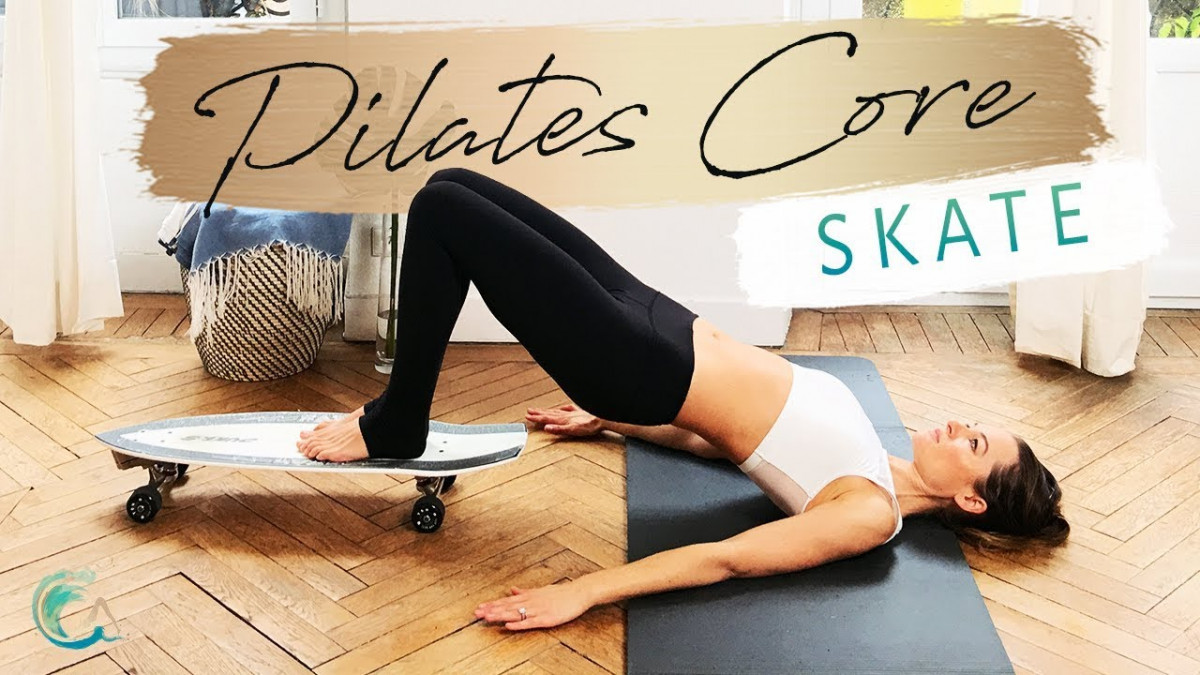Skateboarding was built in the early ’60s in L.A in California. Since then the modality has grown exponentially, having tens of thousands of practitioners around the world.
Skateboarding developed with the street culture, the sound of underground music, and own style of clothing, this unique culture developed athletes different from what we are used to seeing on TV, with proper physical preparation or maintenance of the same.
For some time now, the idea of a totally underground athlete, only with the practice of the sport, with an increase in mainstream competitions (Street League Skate and the like), many of the athletes now incorporate other activities into their routines so that they can optimize their performance in competitions or “video part” recordings.
Today we are going to talk about the benefits that Pilates can bring to improve the practice of Skate for a high-performance athlete or for the recreational one.
Skateboarding maneuvers are always developed on an unstable surface, are performed primarily by the lower limbs (explosion of a jump with a kick for the maneuver to be performed), but having a trunk, arms, shoulders, and head orientation with full influence on the back from the perfect maneuver.
Pilates will do the job of optimizing lower limb strength, such as giving stability to the ankle (strengthening intrinsic and extrinsic foot muscles), gaining anti-gravity muscle strength so that it provides better control and strength for the jumps between one maneuver and another.
Mobilities of both the hip, shoulder girdle, and high thoracic will be worked on because all these segments are involved at the beginning and at the end of the maneuvers, mainly for maneuvers that involve the body itself.
The strengthening of the center (CORE/Power House) should also be the basis of the sessions, being essential for the appendicular members to perform the movements in a safer, more effective way and with less energy expenditure. Safe movements depend on better body awareness and a strong and active center.
Even though they are totally different practices and cultures, they can be allies to obtain the desired performance or rehabilitation.
Pilates and skateboarding
With the high demand for strength and flexibility in the execution of increasingly technical and impact maneuvers, physical conditioning becomes almost a must for modern skateboarding.
There are many forms of training and physical conditioning that can be adapted for skaters, today we will talk about a very complete method, Pilates.
The Pilates method was developed at the beginning of the twentieth century by the German athlete Joseph H. Pilates as a method of stretching and physical exercises that use the body’s own weight in its execution. It is a movement re-education technique, consisting of exercises deeply rooted in human anatomy, capable of restoring and increasing flexibility and muscle strength, improving breathing, correcting posture, and preventing injuries, in addition to benefits such as improved concentration, motor coordination, and corporal conscience.
During training, several muscle groups are worked simultaneously through smooth and continuous movements, emphasizing concentration and postural alignment.
With postural alignment, we work and strengthen our “core”, formed by the abdominal muscles, spine, and pelvic region, which, when performing maneuvers, ensures that the posture does not become overloaded, and the spine has greater mobility during execution. from maneuvers such as an ollie to more complex maneuvers with turns, due to the stabilization of the pelvis.
With the muscle toning work, we improve the isometric contraction at the moment when a maneuver is being performed from the squat to hit the ollie and its variations until the end of the maneuver when it is necessary to rebalance the body on the skateboard, thus working the muscles and decreasing the impact on joints and spine.
The method is not only used for physical conditioning, it can also be used in rehabilitation where it serves to treat various pathologies, always look for a qualified and trained professional in the Pilates method.
Remember: skate, evolve, and have fun.
Discover more from Pilates All Ages
Subscribe to get the latest posts sent to your email.
